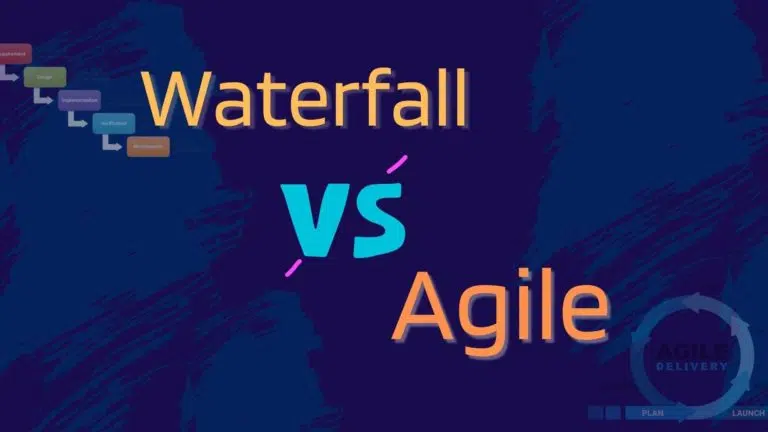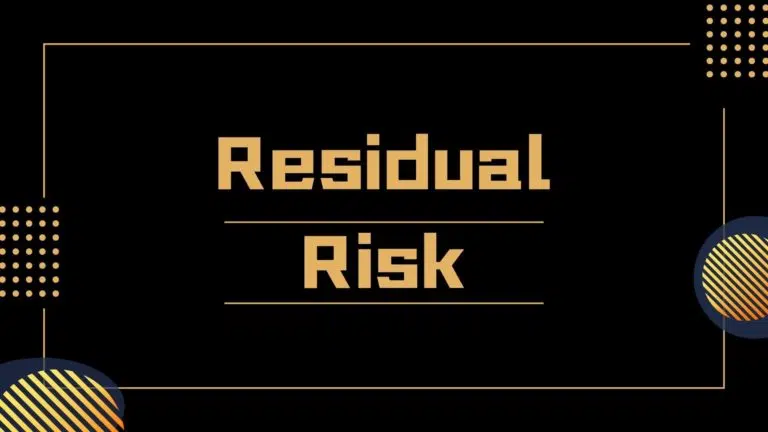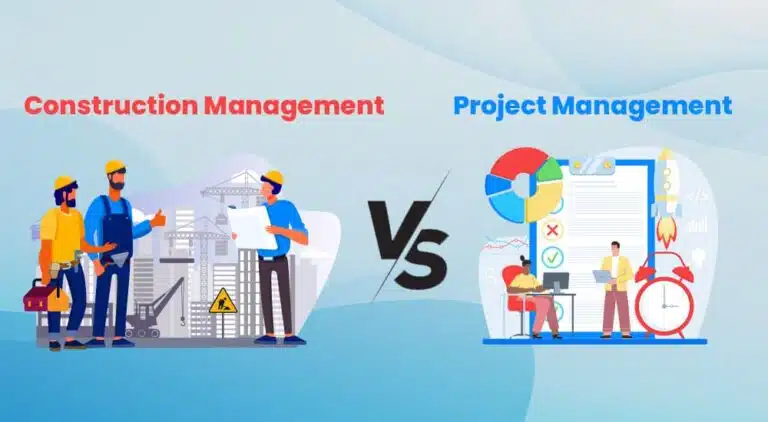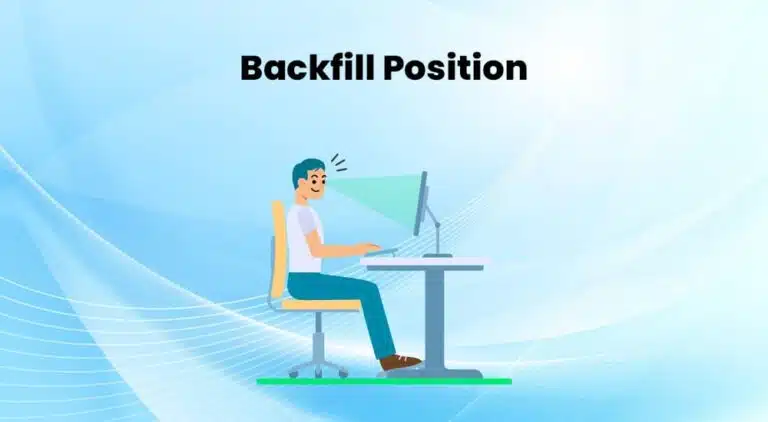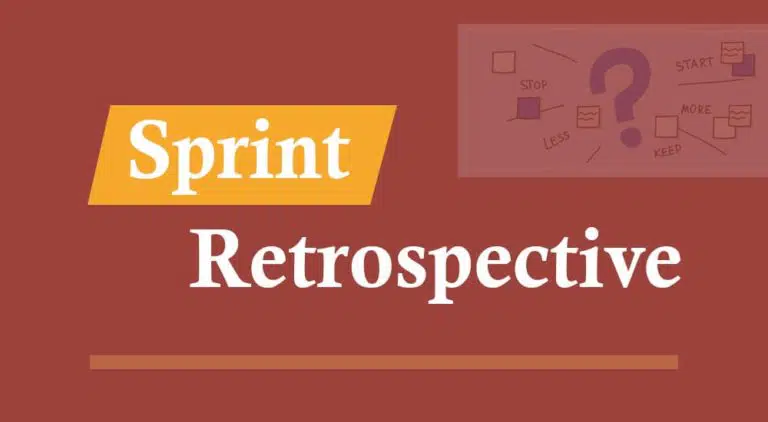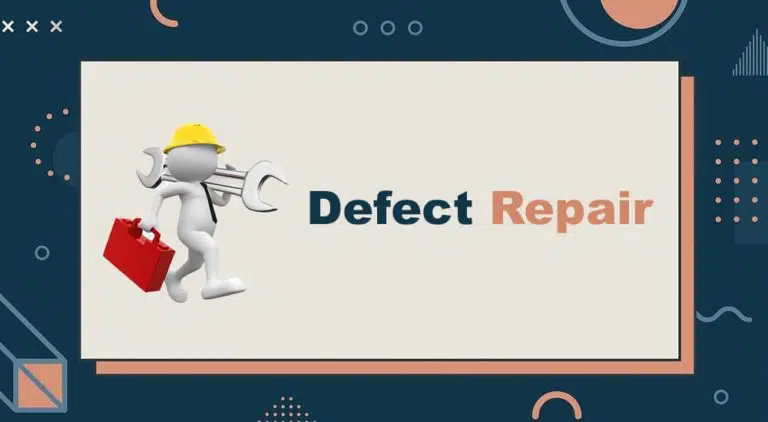In project management, the project scope is not always well defined. Due to this limited information, developing a thorough project plan is often difficult. However, as the project progresses, more details become available, and you can update the plan to accommodate new information. The plan becomes more detailed with each iteration.
This strategy is known as progressive elaboration.
Definition: Progressive elaboration continuously enhances a project plan based on new learnings and insights gained as the project progresses.
Progressive elaboration lets you fine-tune the scope of work and project plan in greater depth as the project advances.
The stakeholders provide feedback, and team members update the project plans to accommodate new ideas, feedback, and insight. This helps get stakeholders to buy in, and you can complete the project successfully with minimal hassle.
Why is Progressive Elaboration Required?
Progressive elaboration is required for the following reasons:
- Defining Project Objectives: You can divide the project into phases and have well-defined SMART project objectives for each phase, which will increase the likelihood of project success. These objectives are achievable and easy to monitor.
- Improving Communication: Progressive elaboration simplifies stakeholder engagement and helps you build a more cohesive environment.
- Helping with Risk Management: Progressive elaboration lets project managers identify risks and develop a risk-response plan to manage them when they occur.
- Avoiding Rigid Plans: Fixed planning is rigid and creates a stressful work environment. Progressive elaboration allows for adaptable planning that permits adjustments to changing requirements, thus creating a healthy work environment.
- Recognizing Issues and Incorporating Feedback: Progressive elaboration is a collaborative method of developing project plans that help you discover problems early, get stakeholder feedback, and develop a better plan.
Types of Progressive Elaboration
The PMBOK Guide defines two types of progressive elaboration:
- Rolling Wave Planning
- Prototyping
Rolling Wave Planning
Here, you develop project plans in waveform. You prepare a detailed plan for immediate work and a high-level plan for long-term work. As the project advances and the scope of work becomes clear, you develop a more thorough plan.
The project teams work in smaller waves or time frames in rolling wave planning to address anticipated changes.
The PMBOK Guide advises rolling wave planning for work packages, planning packages, release planning, and agile projects.
The risks, assumptions, constraints, and milestones become clearer as the project progresses.
For example, you have an eight-month project, but the scope of work is limited to work that can be completed in three months. Therefore, you will create a detailed plan for the next three months. Once the project progresses, you gain clarity and build the plan for the remaining work.
When Should the Rolling Wave Method Be Used?
You can use this planning approach in the following situations:
- When it is impossible to develop a complete project plan in a short time
- When the deliverables are unclear
- When it is impossible to organize a multiphase project
- When project milestones, budgets, and timelines are unclear
For example, a project manager decides to get the PMP certification. She does not know the details of the PMP exam but wants to pass it, so she only planned the training and fixed the exam date.
Later, she attended the training and received all the information about their PMP project, and then she planned her study in detail.
Prototyping
Prototyping is creating a small functioning model, testing it for performance, or showing the client the product in action.
You will create numerous product versions and prototypes, then test and improve them during iterative cycles. The project team will update the product incrementally in real-time, which will enable them to identify issues as they go, collect input from stakeholders, and update the product.
A prototype will speed up the learning process by clarifying the project needs and modifying the project plan as necessary.
Prototypes help in the following cases:
- They are used in the repetitive mock-up creation cycle.
- They are applied during prototype revision.
- They allow feedback generation.
- They facilitate user experimentation.
How is Progressive Elaboration Different from Traditional Planning?
In the following way, the progressive elaboration differs from traditional project planning:
Scope Definition
The project scope is defined upfront in traditional methodologies, e.g., the waterfall model. Changes to the scope are costly, time-consuming, and may require significant rework.
Progressive elaboration works well if you do not initially have the project details. Instead of defining the entire scope upfront, it allows for gradual refinement and expansion as more information becomes available throughout the project lifecycle. This iterative approach to scope management allows for greater flexibility and adaptation to changing requirements.
Flexibility and Adaptability
Traditional planning follows a rigid, linear sequence of phases (e.g., initiation, planning, execution, monitoring, and closure). Once a phase is completed, revisiting and making changes without disrupting the project plan is difficult.
Progressive elaboration embraces flexibility and adaptability by breaking the project into smaller, manageable increments or iterations. Each iteration allows for incorporating new information, feedback, and changes, enabling the project to evolve and respond to emerging needs and challenges.
Iterative Vs Linear Approach
Traditional planning follows a sequential, “plan-first” approach, where the entire project plan is developed upfront before execution begins. This linear progression may lead to delays or inefficiencies if changes arise later in the project lifecycle.
Progressive elaboration adopts an iterative, “learn-as-you-go” approach. Instead of attempting to foresee and plan for every detail upfront, it focuses on delivering value incrementally while continuously refining and improving the plan based on feedback and evolving requirements. This iterative cycle allows for the early delivery of usable product increments and promotes a more adaptive project environment.
Conclusion
Progressive elaboration is a dynamic project-planning technique that allows adaptability in changing and uncertain environments. You can manage risks proactively and enhance outcomes by iteratively refining project details as new information becomes available. Progressive elaboration enhances project success and creates a culture of continuous improvement.
This topic is important from a PMP exam point of view.

I am Mohammad Fahad Usmani, B.E. PMP, PMI-RMP. I have been blogging on project management topics since 2011. To date, thousands of professionals have passed the PMP exam using my resources.

